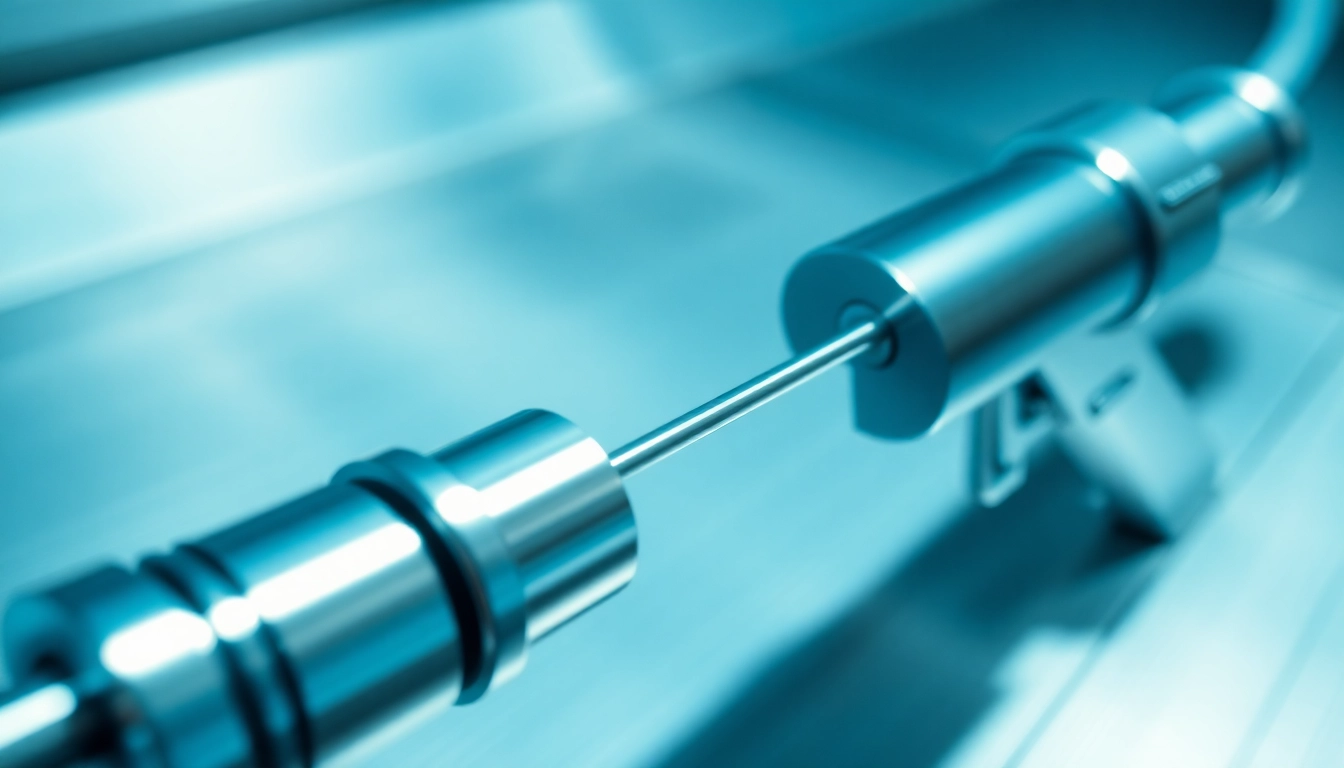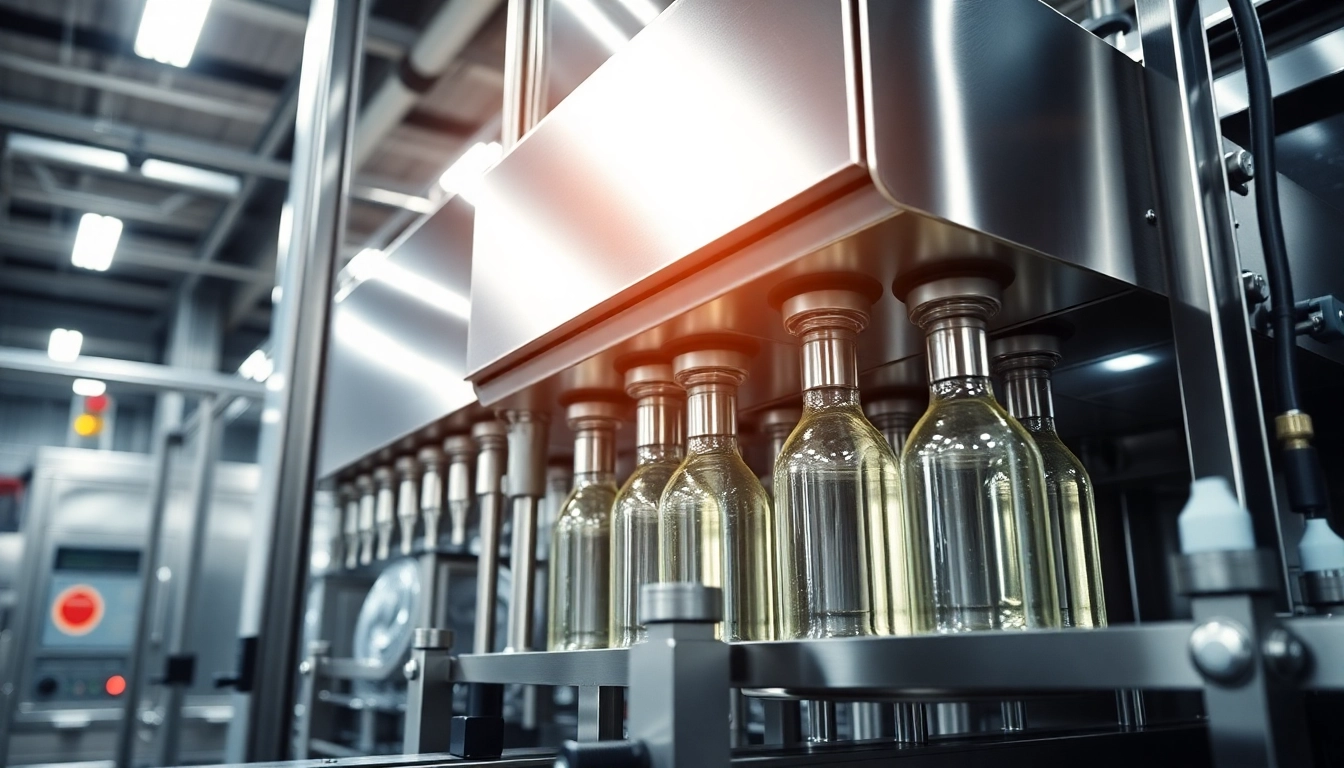Understanding the Needle Gun and Its Uses
1. Definition and Mechanics of a Needle Gun
A needle gun, specifically referring to a needle scaler, is a powerful tool designed for surface preparation. It operates by utilizing a series of fine steel needles that vibrate rapidly to remove contaminants such as rust, paint, and mill scale from metal surfaces. Unlike traditional sanders or grinders that abrade surfaces, needle guns effectively dislodge particles without causing significant damage to the underlying material. These tools are pivotal in metal fabrication, automotive repair, and shipbuilding industries. To delve deeper into specific models such as the needle gun, one can explore their unique features and capabilities.
2. Common Applications in Various Industries
Needle guns are employed in numerous industries, primarily due to their versatility and efficiency. Here are a few key applications:
- Automotive Industry: Used to strip paint and remove rust from car frames and body parts, ensuring a clean surface for repainting or repairs.
- Shipbuilding: Essential for cleaning up surfaces on vessels, especially for removing marine growth and preparing metal surfaces for painting.
- Manufacturing: Helpful in surface preparation for welding and coating processes, ensuring that materials adhere properly.
- Construction: Utilized for cleaning beams and structural components, making it easier to prepare surfaces for painting or structural repairs.
3. Comparison with Other Surface Preparation Tools
When comparing needle guns to other surface preparation tools such as grinders or chemical strippers, several distinctions emerge:
- Effectiveness: Needle guns can remove stubborn rust and paint more efficiently without causing damage to the substrate, unlike grinders which may gouge or scratch the material.
- Dust Production: Needle guns generate significantly less dust compared to grinders, making them suitable for environments where cleanliness is a priority.
- Operator Fatigue: Pneumatic needle scalers are generally lighter and easier to handle, reducing operator fatigue during prolonged use.
Choosing the Right Needle Gun for Your Projects
1. Factors to Consider: Size, Power, and Portability
Choosing the right needle gun involves considering several factors to ensure it meets your needs:
- Size: Needle guns come in various sizes and configurations. Smaller, more compact models are ideal for tight spaces, while larger models may be better suited for extensive surface preparation.
- Power: Needle guns can be pneumatic (air-powered) or electric. Pneumatic models typically offer stronger performance but require a suitable air compressor, while electric versions are more portable.
- Portability: Depending on the job site, you may prefer a lightweight model that is easy to transport and maneuver.
2. Top Brands and Product Recommendations
There are several reputable manufacturers known for their quality needle guns. Some of the top brands include:
- Ingersoll Rand: Renowned for their robust pneumatic tools, Ingersoll Rand offers needle scalers with excellent durability and performance.
- Trelawny: Known for innovative designs, Trelawny’s heavy-duty needle scalers are ideal for demanding cleaning tasks.
- Jet: Provides electric needle scalers that are perfect for light to medium-duty applications, with various power settings for versatility.
3. Understanding Technical Specifications and Requirements
When selecting a needle gun, understanding the technical specifications is vital:
- CFM Requirements: The air consumption, or Cubic Feet per Minute (CFM), is important, especially for pneumatic models. Most needle guns require between 8 to 16 CFM at 90 PSI for optimal performance.
- Needle Count: The number of needles can affect the speed and efficiency of rust and paint removal. More needles generally indicate a more powerful tool.
- Weight: Consider a model’s weight if it will be used for extended periods. Lighter models tend to cause less operator fatigue.
Safety Practices When Using a Needle Gun
1. Essential Safety Gear and Precautions
Safety is paramount in any tool operation. When using a needle gun, ensure the following:
- Eye Protection: Safety goggles are critical to protect against flying debris.
- Hearing Protection: Earplugs or noise-canceling headphones should be used due to the high decibel levels generated during operation.
- Respiratory Protection: Dust masks or respirators prevent inhalation of harmful particles, especially when working with old paint or rust.
2. Best Practices During Operation
To maximize safety and efficiency while operating a needle gun:
- Maintain a Firm Grip: Always hold the tool securely to maintain control during operation.
- Keep a Safe Distance: Maintain a safe distance from bystanders to ensure safety from flying debris.
- Follow Manufacturer Guidelines: Always consult and adhere to the operating manual for specific safety instructions and proper usage techniques.
3. Post-Usage Maintenance & Care Tips
Proper maintenance prolongs the life of your needle gun. After use:
- Clean the Needles: Remove any debris or buildup from the needles after use to ensure optimal performance during the next operation.
- Inspect for Damage: Regularly check for any signs of wear or damage to the tool and replace components as necessary.
- Store Properly: Keep the needle gun in a dry, protected area to prevent rust and corrosion.
Maintenance Tips for Longevity of Your Needle Gun
1. Regular Cleaning and Care Procedures
Routine maintenance is crucial to keeping your needle gun in top condition. Here are some best practices:
- Daily Cleaning: After each use, clean the exterior and remove any surface grime.
- Lubrication: Depending on the model, lubricate working components periodically to avoid friction and ensure smooth operation.
- Replace Worn Needles: Check the condition of needles regularly and replace any that are bent or damaged.
2. Troubleshooting Common Issues
If your needle gun is not working properly, consider these troubleshooting steps:
- Loss of Power: This could indicate an issue with the air supply for pneumatic models or an electrical issue for electric versions. Check connections and supply lines.
- Uneven Performance: If the needles are not striking the surface evenly, it could be due to a blockage or worn-out needles.
- Excessive Vibration: Excessive shaking could indicate a mechanical issue or unbalanced components that may need addressing.
3. When to Seek Professional Repairs
Certain issues may require professional attention. Seek assistance when:
- The tool operates erratically or shows significant performance loss despite normal cleaning and maintenance.
- There are visible signs of external damage that could lead to a malfunction, like frayed hoses or electrical wiring issues.
- Unfamiliar sounds or vibrations occur during operation that deviate from the normal operation of the tool.
Maximizing Efficiency with Needle Gun Techniques
1. Advanced Techniques for Professionals
For experienced users, employing advanced techniques can enhance the effectiveness of needle guns:
- Strategic Angle Use: Adjusting the angle of the needle gun can help in reaching tricky spots and optimizing the removal process.
- Layer Handling: When dealing with multiple layers of rust or paint, gradually increase the intensity of use for better control and effectiveness.
- Speed Variability: If the model allows, adjust the speed settings depending on the material and contamination level.
2. Case Studies of Successful Projects
A few case studies exemplify the impact of needle guns in achieving project success:
- Marine Vessel Restoration: A coastal boat repair shop utilized needle guns to strip old paint and rust from aged vessels, resulting in a 40% reduction in time spent on surface preparation compared to traditional methods.
- Automobile Restoration: An automotive enthusiast saved time and money using a needle scaler to prepare vintage car frames before re-coating, reducing surface prep time drastically.
- Industrial Manufacturing: A manufacturing plant integrated needle scalers into their maintenance routine, leading to enhanced adherence for subsequent welding and coating processes, which improved product reliability.
3. Performance Metrics: Measuring Effectiveness
To determine the effectiveness of needle guns in various projects, consider these performance metrics:
- Time Efficiency: Measure the time taken to prep surfaces compared to previous methods. A significant decrease indicates increased efficiency.
- Surface Quality: After preparation, inspect the surface for uniformity and cleanliness, important metrics for paint or coating adherence.
- Safety Incident Tracking: Monitor safety incidents or accidents related to surface preparation tasks, an essential metric for operational improvements.



